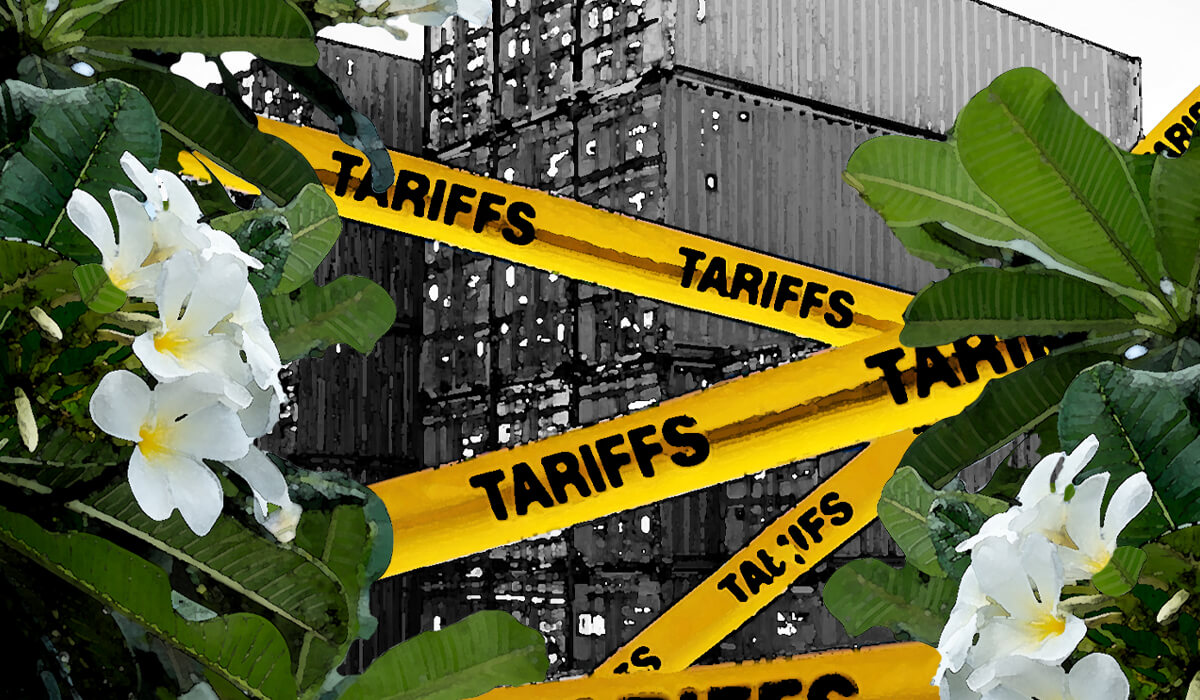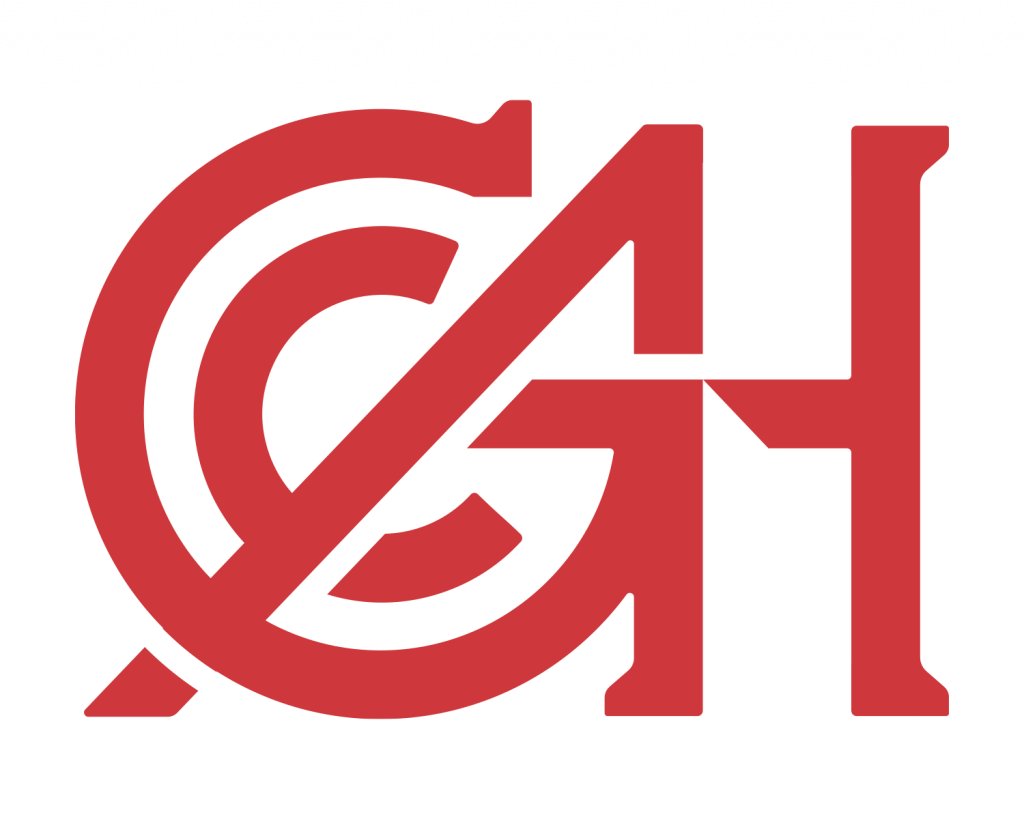
Tariffs on Materials Impacting Construction Supply on the Islands
March 2025
At the end of last year, economists predicted that construction would remain a strong pillar of the state’s economy throughout 2025 and beyond. However, changes being imposed by the new Trump administration have created uncertainties for the construction industry.
“These tariffs are creating upward pressure on material costs across the industry, contributing to economic uncertainty."
Adam Bauer
President & Chief Operating Officer
HPM Building Supply
Tariffs on essential building materials imported from Canada, Mexico, and China, as well as other global tariffs, are creating consternation among everyone along the supply chain: manufacturers, distributors, general contractors, and their subcontractor trades.
The lack of clarity on the rationale for federal decision-making and the frequency of the changes have added to the industry’s angst. However, GCA members are doing their best to navigate this challenging time and anticipate what may be on the horizon.
“The tariffs primarily affect aluminum and steel products, cedar lumber imported from Canada, and various raw materials used in construction-related products. These tariffs are creating upward pressure on material costs across the industry, contributing to economic uncertainty,” said Adam Bauer, President and Chief Operating Officer of HPM Building Supply. “Fortunately for Hawaiʻi's construction industry, green Douglas Fir framing lumber, which is preferred and domestically grown, has remained largely unaffected by these tariffs.”
INCREASED COSTS & PRICE MARK UPS
“Although prices for specific materials will increase due to these tariffs, we expect the overall impact on total construction costs to be moderate,” Bauer added, noting that the cost of materials typically represents just one component of a total project budget, which also includes labor, equipment, permitting, and other expenses not directly affected by these tariffs.
Tyler Williams, Senior Director with Honsador Lumber, anticipates that tariffs will result in price mark-ups as these materials move through the supply chain and will ultimately escalate prices for end-users.
“Tariffs will absolutely impact the cost of construction. Not only will the tariffs be passed on to the end-user, but eventually these tariffs will also be added to the costs and marked up at each level,” Williams said. “A 25% tariff could become a 35% tariff or higher by the time everyone adds their piece to it through the supply chain.”
UNCERTAINTY & RESILIENCE
“Tariffs are a large concern, and although projects are moving forward, anything not started is being quoted multiple times on a more frequent basis while indecision about tariffs looms,” Williams added. “As tariffs are imposed, I do foresee the brakes being applied on many large projects, especially affordable housing, which is already taking a hit due to high interest rates.”
“Tariffs are a large concern, and although projects are moving forward, anything not started is being quoted multiple times on a more frequent basis while indecision about tariffs looms."
Tyler Williams
Senior Director
Honsador Lumber
Even with all the challenges tariffs create, Bauer foresees the industry surviving. “We anticipate some short-term challenges as the market adjusts to these new economic conditions. However, construction remains strong, and we expect the industry to adapt and continue growing, though potentially at a more moderate pace.”
The fluidity of the laws governing tariffs makes planning difficult and requires ongoing vigilance.
“Unfortunately, with the federal government changing its mind every other day, there is no clear indication as to what materials are affected to date,” Williams said. “Tariffs on raw or manufactured materials imposed at any level will impact every building material used in the U.S. to some degree.”
Bauer said HPM Building Supply is also staying on top of this issue: “Companies throughout our industry are adopting comprehensive strategies to navigate the current tariff landscape and monitoring news and policy announcements to anticipate changes,” Bauer said. “Our manufacturing and vendor partners are actively seeking alternative, more affordable sources for both finished and raw materials to offset tariff impacts. We're working with companies throughout the industry to leverage discount opportunities and strategic bulk purchasing to mitigate cost increases effectively.”
“By monitoring these developments daily and maintaining close contact with our vendor partners, we're able to uphold our commitment to excellence and value for our customers, even as the situation rapidly evolves,” he added.
TARIFF RESOURCES & UPDATES
In response to the ongoing tariffs, the Associated General Contractors of America (AGC), which GCA of Hawaii is a chapter of, has created the Tariff Resource Center for Contractors. This resource center was created to educate the construction community, supply resources, and advocate for contractors on key considerations on the potential impacts of tariffs as it relates to construction.
You can visit the website here, check back frequently for updates.
Mahalo to GCA members Honsador Lumber and HPM Building Supply for contributing to this article.
